Woad Dye
Woad Dye is a natural blue dye made from the leaves of the Isatis tinctoria plant, also known as woad. It produces beautiful shades of blue and has been used for centuries in Europe, North Africa, and Asia. Woad is a sustainable, biodegradable dye that offers rich color without synthetic chemicals. Perfect for eco-conscious artists, textile designers, and hobbyists, it’s a reliable choice for natural dyeing projects.
Features, Source, and Ingredients – Woad Dye Color
Features:
- 100% plant-based and eco-friendly
- Creates soft to intense blue shades
- Safe and non-toxic for home and studio use
- Works well with other natural dyes for layered colors
Source: Woad comes from the Isatis tinctoria plant, which is harvested for its leaves. These leaves are fermented and processed to extract indigo—the pigment responsible for the blue color. Unlike synthetic dyes, woad is renewable and safe for the environment.
Ingredients: The active color compound in woad is indigo, which forms during the fermentation and oxidation process. This natural indigo differs slightly from the tropical indigo plant (Indigofera tinctoria), offering a more muted but still vibrant blue.
Profile and Fastness
Woad dye is known for its long-lasting color and strong bonding with natural fibers. It holds up well over time and maintains its appearance when properly applied.
Color Fastness Qualities:
- Light fastness: Very good; doesn’t fade easily in sunlight
- Wash fastness: Strong when fixed correctly, especially on protein fibers
- Color stability: Color deepens with multiple dips in the dye vat
- pH responsive: Works best in alkaline conditions
The color from woad ranges from pale sky blue to deep denim, depending on how many dips you do and how concentrated your vat is.
Recommended Materials and Uses
Woad works best on natural materials, especially animal fibers. It’s suitable for small projects and professional textile work alike.
Best fibers to use:
- Wool and silk: Take on deep, rich blue shades
- Cotton and linen: Softer tones, often benefit from pre-treatment
- Paper and wood: Can be used creatively in crafts and art
Common uses:
- Hand-dyed yarns and fabrics
- Traditional clothing and costumes
- Quilting and embroidery projects
- Natural fiber art and slow fashion
- Historical reenactments and museum replicas
Application and Usage
Mordanting with Alum – Instructions
Although woad dye is a vat dye and technically doesn’t require a mordant, mordanting with alum can help prepare the fibers and improve consistency—especially for plant-based fabrics.
Mordanting with Alum:
- Scour the fabric: Wash to remove oils or residues.
- Make a mordant bath:
- Use 10–15% alum and 5% cream of tartar, based on fabric weight.
- Dissolve in warm water.
- Soak the fibers:
- Simmer in the mordant bath for 1 hour.
- Stir gently for even treatment.
- Rinse and dry: Let fibers cool, rinse them, and dry before dyeing.
Dyeing with Woad:
- Prepare a woad vat using fermented woad or pigment extract.
- Lower the fiber into the vat without introducing oxygen.
- Soak for 10–20 minutes, then remove and expose to air.
- Repeat dipping for darker shades.
- Rinse in cool water and air dry.
Cultural or Historical Significance of Woad Dye
Woad has deep cultural roots, especially in Europe. It was widely used in ancient and medieval times for clothing, armor, and art.
Historical highlights:
- Ancient use: Egyptians used woad to dye mummy wrappings.
- Celtic tradition: The Celts are famously known for using woad to dye clothing and even body paint for battle.
- Medieval industry: Woad became a major trade item in England, France, and Germany during the Middle Ages.
- Precursor to indigo: Before the global indigo trade, woad was Europe’s main source of blue dye.
Today, woad is making a comeback in sustainable fashion and historical textile recreation.
Packaging, Storage, and Safety
Packaging:
Woad dye is sold in powder or extract form, sealed in resealable pouches or jars to protect freshness and purity.
Storage Tips:
- Store in a dry, cool place
- Keep the container sealed tightly
- Avoid moisture and direct sunlight
Safety Guidelines:
- Wear gloves and a mask when handling powder
- Avoid inhaling dust or fumes during dye vat preparation
- Use dedicated tools—not your kitchen utensils
- Keep away from children and pets
When handled properly, woad is a safe and rewarding dye to use in any creative setting.
FAQs
Q: What color does woad make?
A: Woad creates shades of blue, from soft sky blue to dark indigo, depending on how many dips you use and the fiber type.
Q: Do I need a mordant with woad?
A: Not always. Woad is a vat dye and can bond without mordants, but using alum helps prepare the fiber and can improve results on cellulose fabrics.
Q: Is woad dye permanent?
A: Yes. With proper preparation and dyeing, woad offers long-lasting, lightfast color.
Q: Can I mix woad with other dyes?
A: Absolutely! Woad mixes well with other natural dyes to create greens, purples, and more complex tones.
Q: Is woad safe for home use?
A: Yes. It’s non-toxic and eco-friendly, but you should wear protective gear and use non-food utensils when dyeing.
Q: What’s the difference between woad and indigo?
A: Both produce indigo pigment, but woad is native to Europe and gives a slightly lighter, more delicate blue tone compared to tropical indigo plants.
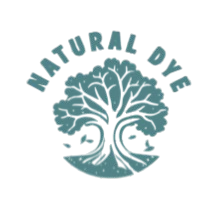
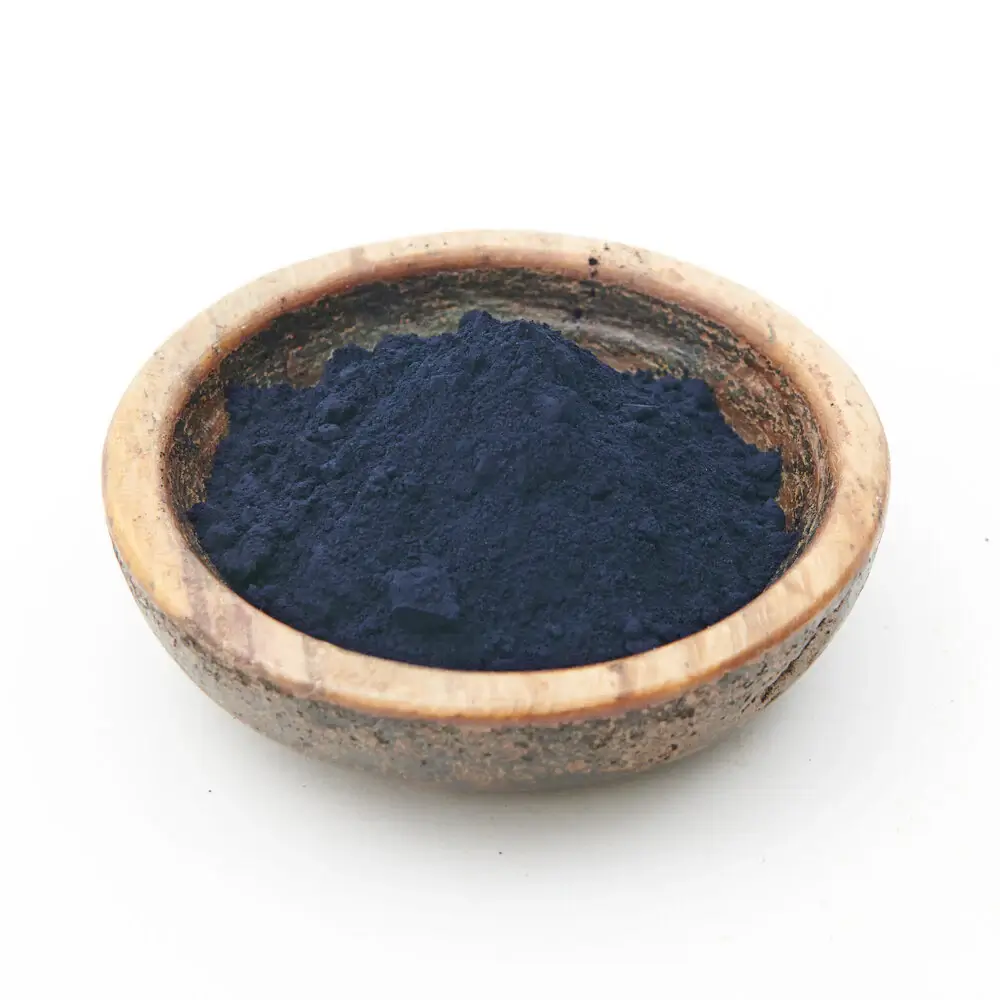
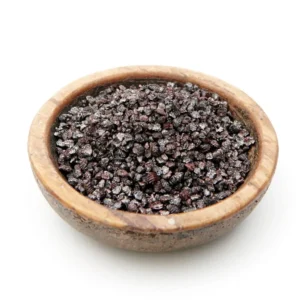
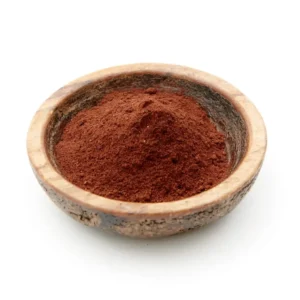
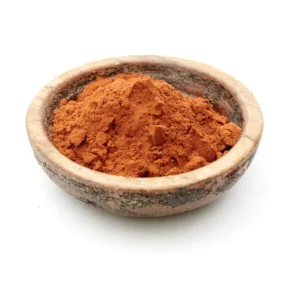
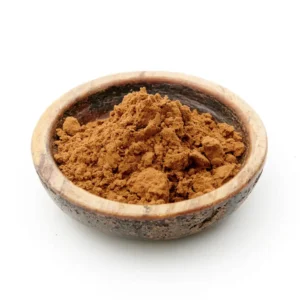
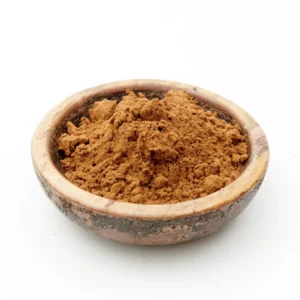
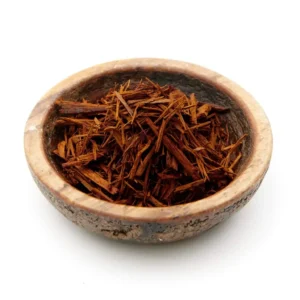
Reviews
There are no reviews yet.